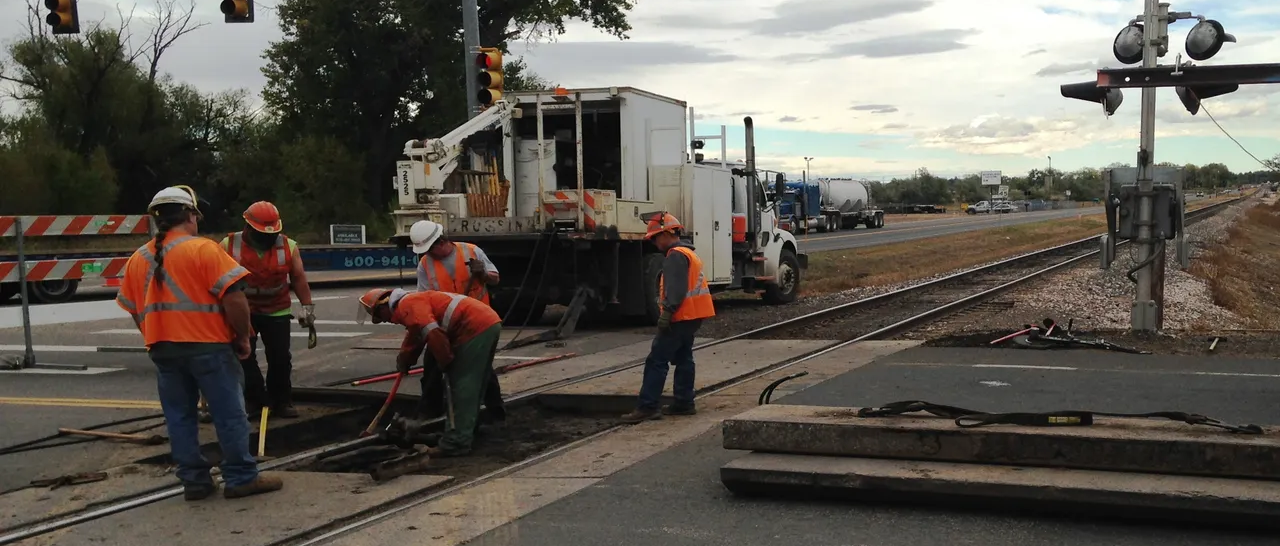ASLRRA has called on past champions of the 45G Tax Credit to assist in modernizing the credit. 45G has enabled the nation’s 600 short line railroads to address the leading cause of derailments – worn out, and outdated track.
On January 16, 2025 Representatives Mike Kelly (PA) and Mike Thompson (CA) introduced H.R. 516, and ASLRRA has been working to garner cosponsors for this bill.
A companion bill, S. 1532, was introduced in the Senate on April 30, 2025 by Chairman of the Senate Finance Committee Mike Crapo (R-Idaho), and Ranking Member Ron Wyden (D- OR).
H.R. 516 and S. 1532 will modify the credit in three ways:
Short lines serve the U.S. freight rail network as the first- and last-mile operators particularly in small town and rural America, handling one in five cars moving on the network annually. They are a critical connector, and serve all industries, but particularly energy, agriculture and manufacturing.
Short lines inherited track and branch lines with decades of deferred maintenance, and therefore have had to devote significant portions of revenue (average of 25% annually) to rehabilitating this infrastructure to accommodate today’s standard rail cars that legally can carry up to 286,000 pounds of freight.

Congress answered the call in 2005, creating the Railroad Maintenance Tax Credit, known by its tax line item reference. "45G," in the Internal Revenue Code of 1986, Title 26. The credit has driven over $8B in private investment since its inception. Extended by overwhelmingly bipartisan votes on six occasions, the tax credit was made permanent in December of 2020 as part of the Consolidated Appropriations Act.
45G has been an extraordinary public policy success story, allowing privately held railroads to invest more of their own resources in maintaining and improving critical national infrastructure, serving thousands of shippers and ensuring the safety of their employees.
Federal Railroad Administration data has shown that since the inception of the 45G Tax Credit, train derailments on short line railroads have declined by 50 percent, linking improved rail to improved safety.
* PwC, The Section 45G Tax Credit and the Economic Contribution of the Short Line Railroad Industry, 2018.
ASLRRA urges Congress to pass H.R. 516 and S. 1532, maximizing the impact of 45G, by including all short line track miles, and reflecting today's costs.
ASLRRA urges state legislatures and DOTs to explore opportunities for infrastructure investment tax credits.